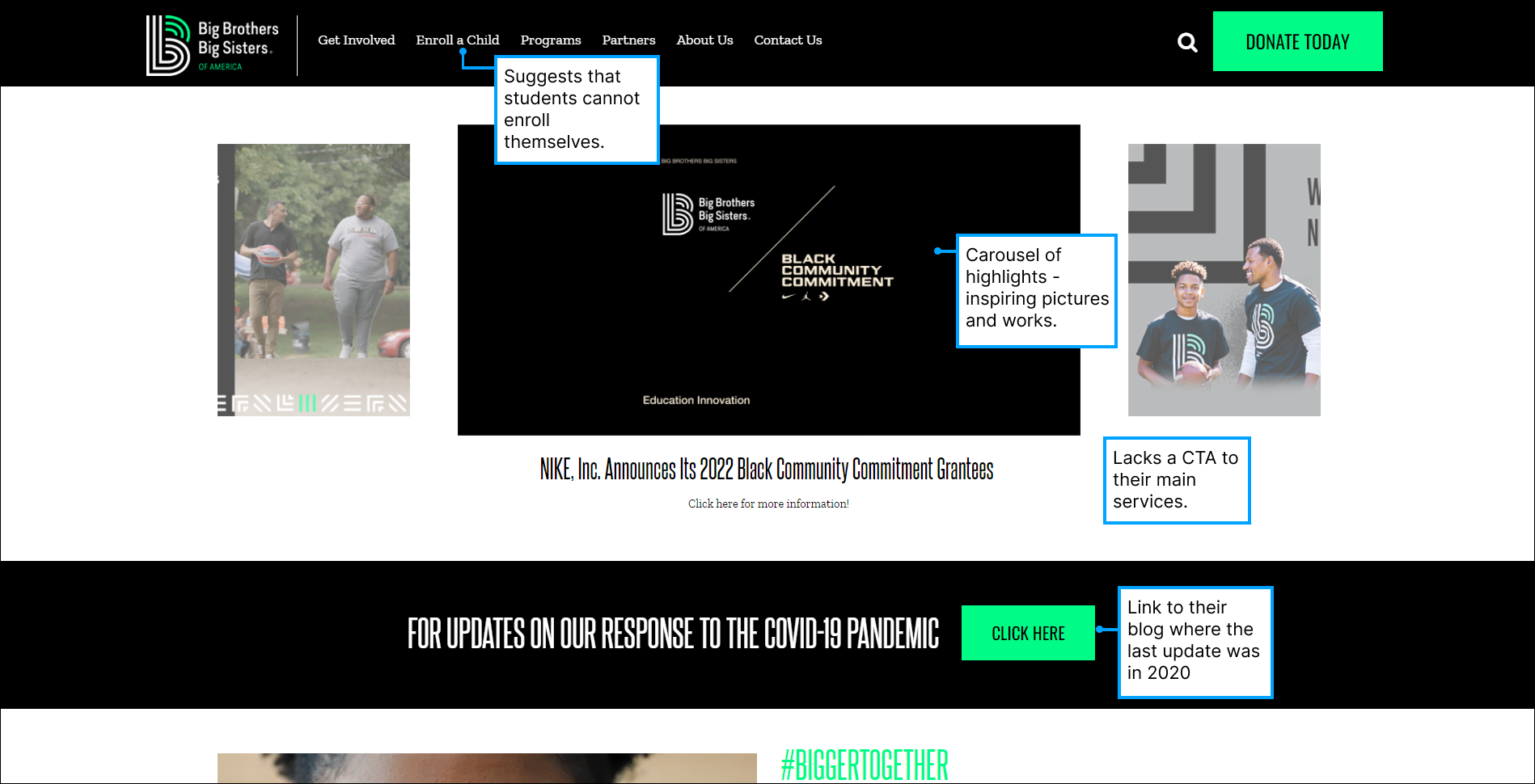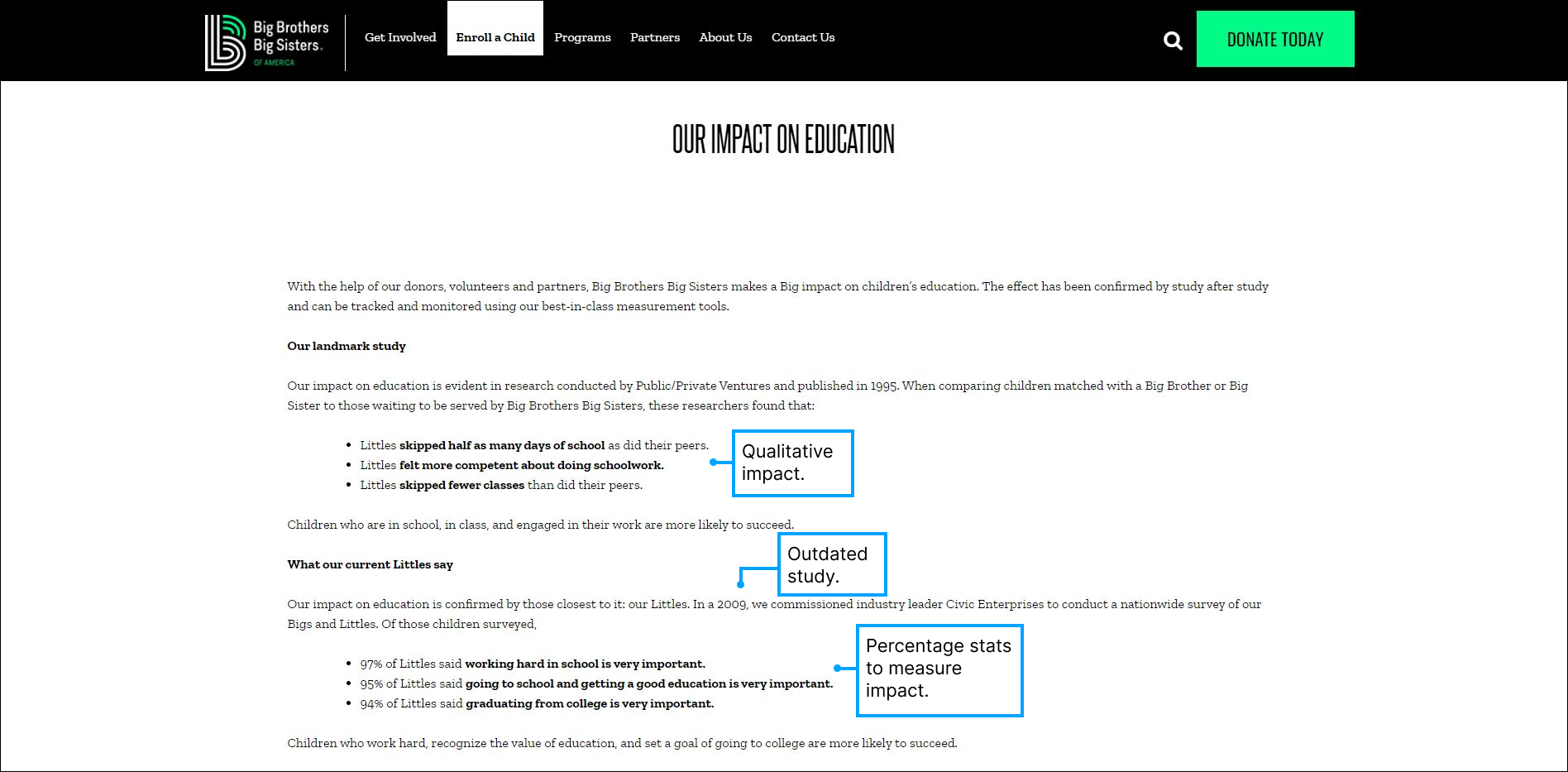Partnering young bright minds with a mentor
High school students often need help navigating their lives, so I designed a website application to help partner them with mentors to give them the best chance at academic and personal success.
Role
Designer
Context
Case Study
Contribution
Research, Ideation, Design
Tools
Adobe XD
WHAT’S THE CONTEXT?
Students that have difficulty in school often don’t know where to turn to for help. This habit could lead them down a spiral that can greatly damage their academic career. How can we address this issue?
I created MentorUp as a way for high schoolers to connect to college students for tutoring and mentorship. Since they are only a few years older they are more relatable and have the foresight to understand the next steps to take to improve these high schooler’s academics and be prepared for college.
THE CHALLENGE
There are many tutoring centers and mentor programs that are online and sometimes even locally, what can MentorUp offer students that these other programs do not?
OUTCOME
I conducted a usability study with 5 participants and had them fill out a System Usability Scale (SUS) afterwards, the average SUS score was 95. This tells me that my design is easy to use on the surface level, however, the comments I received afterwards gives insight on how my design lacks certain details.
Design Approach
Competitive Audit
What can we learn from websites that offer similar services?
I performed a competitive audit for 3 websites, 2 for student tutoring programs, and 1 for mentors connecting with tech workers. I took a close look at each website to see what they did well, how they presented themselves, analyzed the sign-up process for ease of use and constraints, services they offered, and the overall use of the website.
Big Brothers Big Sisters
Pairing Big brothers and sisters with their “littles.”
SkillsUSA
Setting up campus chapters aimed to inspire and nurture students to pursue STEM careers.
LEAN IN
Helping women achieve their ambitions and work to create an equal world.
What Functions do the Users Need?
Call to Action
Quantitative Impact
Services Offered
Meet the Mentors
Usability Study
I conducted a usability study with users who are currently students, grades varying from high school to college. Here, I learned about their academic and personal experience, their particular needs and wants, and how their experience went with my wireframe.
Key Insights
What did I learn?
Users thought it was useful
Users shared that they know people in high school who could benefit from having a mentor speak into their lives.
Website is easy to navigate
Participants shared that the website was not difficult to navigate and thought that it was enjoyable to look at.
Doesn’t have enough details
Many users said that the website lacked in-depth information. Such as whether the program was free, what are the details of the program, how are they different from other tutors, and more.
System Usability Scale (SUS) Results
Average SUS score is 95, meaning the website is easily usable and not complicated.
Takeaway
The website’s navigation flow was met positively with users, however the website needs to provide more context.
The users had no problem using the website to maneuver around and understanding the flow of it, their comments and SUS score is evident of this. Moreover, their comments also mention what MentorUp is lacking, which is detail. So, I took this opportunity to brainstorm details of the program that would answer more common questions that users may have before signing up.

Problem Statement
How might we add detail into the design and program that would answer more common questions that users will have?
Proposed Solution
Next Steps
My next steps would be to continue conducting user testing to see if I was able to solve the last iteration’s problem which was not having enough detail. With a high SUS score, I continued with the same flow throughout the website and just added more context to the program for users. Following up with this design, I would repeatedly iterate and test until it’s fine-tuned enough for a final design.
Conclusion and how I could have improved
I should have accounted for the fact that some students may not feel safe coming to a tutoring center because of Covid-19 and allowed for online sessions.
I didn’t address the challenge of how MentorUp was different from other programs.
MentorUp was supposed to have more emphasis on mental health but I ended up focusing too much on the academic aspect.
Done this project on Figma.











